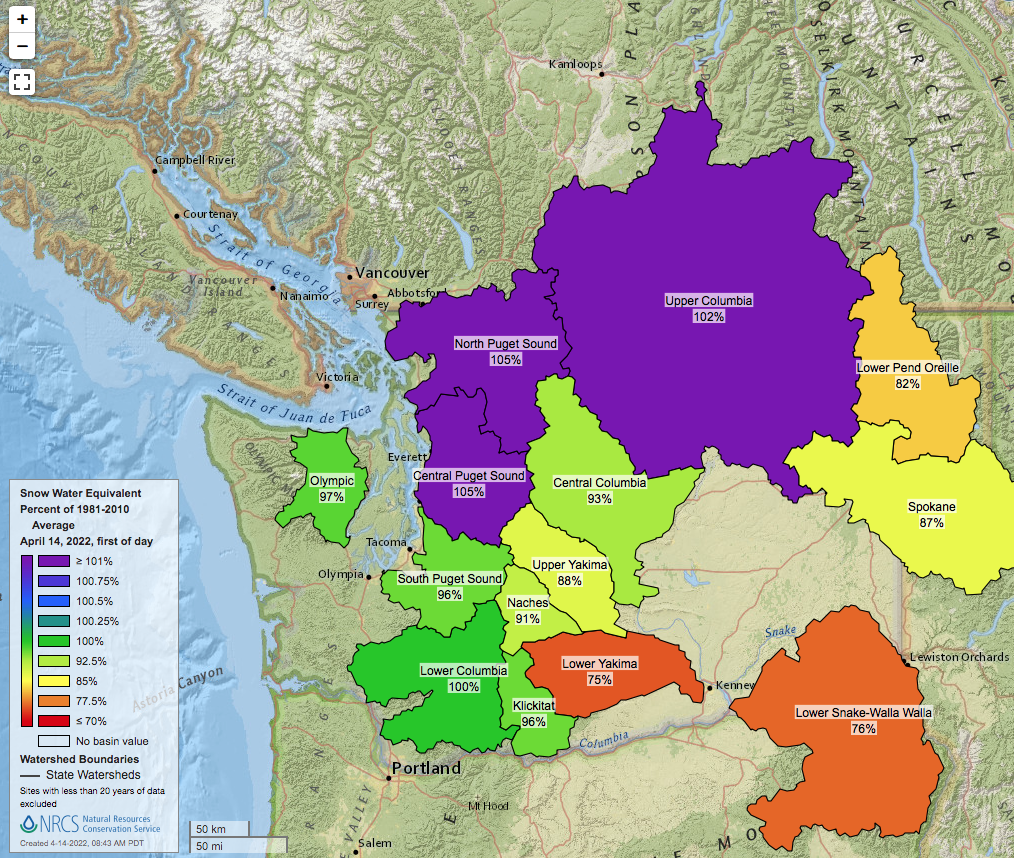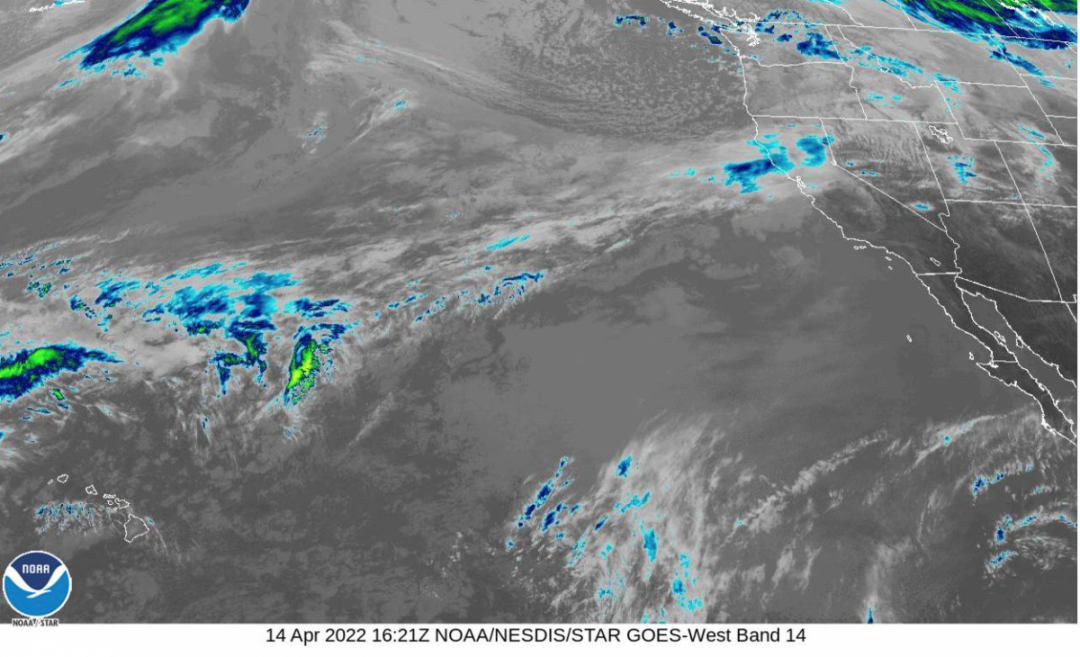Like many active towns/cities at the end of March, Bend mountain bike trailheads populate while the sno-parks become relatively sparse. This dynamic, it seems, has as much to do with the season’s lower than average snowpack than the usual springtime pivot to the two-wheeled steed many are accustomed to. Some of us covet spring skiing, maybe more than a powder day. And a survey of at least our local mountains a few weeks back conveyed a loud and clear message: there’s about a month of reliable snow up high to complete some traverses as the south, and southeast ridges were already black-bare down to the choss. And this blight was spreading.

Prior to the recent storms in the PNW (when this photo was taken), we were likely a month or maybe two ahead of schedule in terms of the melt-off. After the pounding this week, the snowpack is looking much better.
Prayers, deference to the weather gods, head down in the sand, whatever your mantra may be, something in the cosmos delivered. There’s been a significant snow refresh out West. Will this negate the long-term mega-drought cycle? No. Here, in Oregon, at least in the short-term, April storms have extended the ski season. The karmic energy so many of us must have paid forward by embracing hard pack and ice for these many months has gifted us unusually light and deep snow.
I’m a habitual re-checker of the Mt. Bachelor Webcams. I love the instant visual feedback; it snowed or didn’t. This week, the continual refreshes on my phone released washes of dopamine. The following stats come from Mt. Bachelor; they report 43” inches in the last seven days, with 20” falling in the previous 48 hours. But really, pick your locale. Many mountains have received the goods.
A quick survey likely means others have recent smiles too. Aspen Mountain reports 18” in the last week. In the Tetons, an informal text from a skier noted roughly 16” inches of “Good Skiing!” as of Tuesday morning. So, yes, more smiles. And yes, for those of us parsing Sno-Tel data to determine the viability of late spring traverses, conditions do look, glass half full, decidedly better than they had. Here in the PNW, if you were planning a spring trip to the volcanoes, it appears we were all granted more of a scheduling buffer with the latest storms.

A screenshot of the Sno-Tel data in Washington.
Before all this, many counties in Oregon already declared an official drought, while others have requested that designation. In the Upper Deschutes-Crooked River Basin (where I live), the SWE or snow water equivalent is 83%. Up north in Washington, the water scene, at least West of or near the spine of the Cascades, looks better. The water scene east and south in the state seems more parched.
Enjoy the snow while you can. I’m now eyeing that swirling tail in the image below (see upper left). Here’s to hoping the Gulf of Alaska sends some cold frozen moisture our way.

As recent Satellite observation: what’s that tail swirling in the upper left hand corner? Keep your April fingers crossed.
If you are looking for more info on drought in the West, the Center for Western Water and Extremes has some solid maps and graphics, including this information on the “Odds of Reaching 100% of Normal Water Year Precipitation.”

A screenshot of the odds of water year 2022 reaching water year normal precipitation. Images from the Center for Western Water and Extremes.
Jason Albert comes to WildSnow from Bend, Oregon. After growing up on the East Coast, he migrated from Montana to Colorado and settled in Oregon. Simple pleasures are quiet and long days touring. His gray hair might stem from his first Grand Traverse in 2000 when rented leather boots and 210cm skis were not the speed weapons he had hoped for. Jason survived the transition from free-heel kool-aid drinker to faster and lighter (think AT), and safer, are better.
